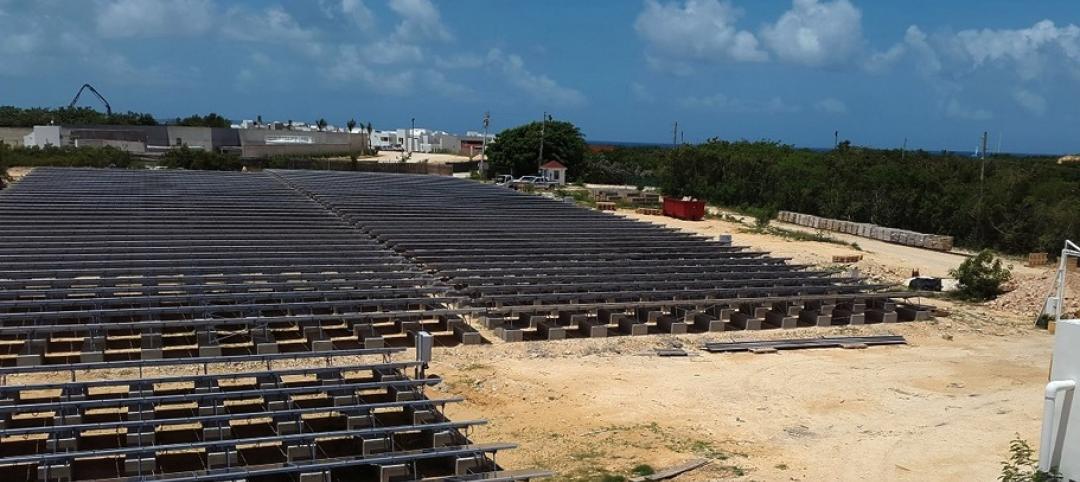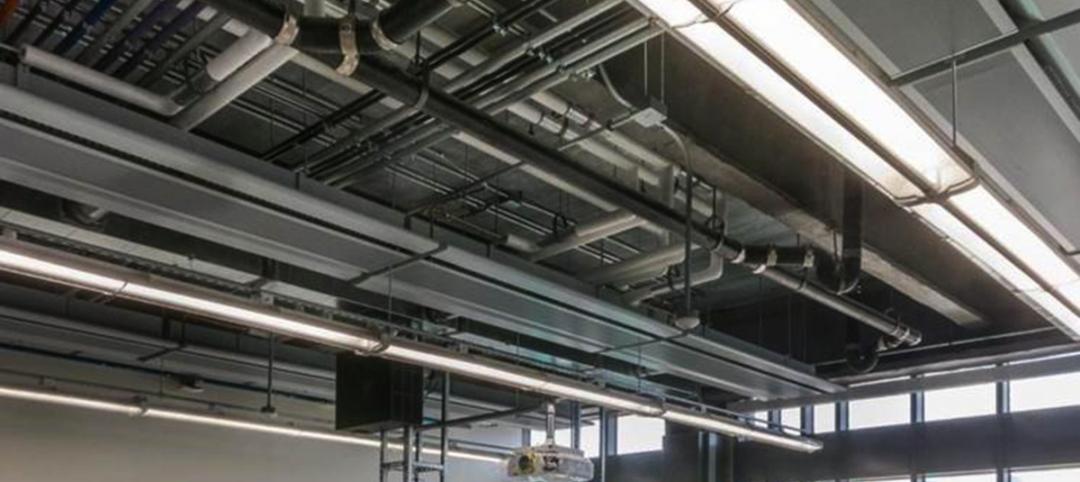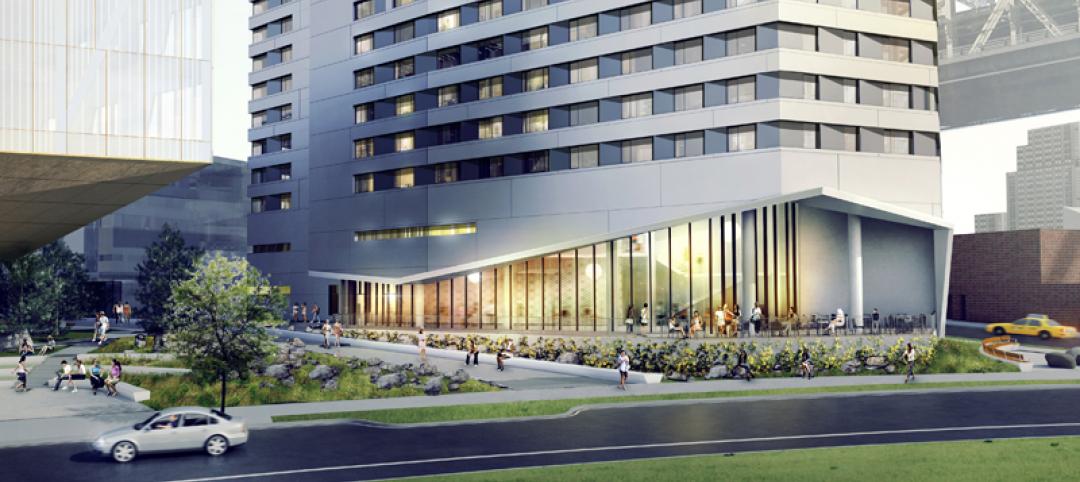Green Business Certification Inc. (GBCI) has designated Kirksey a LEED® Proven Provider™ for the LEED v2009 New Construction and Core and Shell rating systems. This designation, the first for a Houston-based architecture firm, was developed to streamline the LEED project review process for experienced organizations that demonstrate consistent excellence in administering LEED projects.
“Quality is at the core of the LEED certification process, and Kirksey has exhibited expertise in helping to bring healthy, high-performing buildings to the market,” said Doug Gatlin, vice president of program delivery, USGBC and GBCI.
LEED Proven Provider is designed to encourage and reward high-quality LEED project submissions to minimize the need for additional work during the project review process.
Organizations that demonstrate and maintain high-quality project submissions through LEED Proven Provider receive significant benefits, such as greater access to a LEED reviewer and recognition from USGBC for their sustained track record of high-quality project submissions.
Kirksey EcoServices, an in-house team of building performance analysts who are focused on green building solutions, was founded in 2002 with the purpose of designing creative spaces that are inspiring, healthy, efficient, less expensive to maintain, and ultimately serve as good stewards to our environment with a commitment to sustainability. With 89 LEED certified projects spanning 6 LEED rating systems in their portfolio, Kirksey has consulted on more than 29 million square feet of LEED certified projects. Kirksey has designed several “firsts” in the state of Texas, as well as the surrounding Houston area:
- 1st in Texas
- LEED Existing Building Certified
- LEED Existing Building Gold
- 1st in Houston
- LEED Certified Building
- LEED Core & Shell
- LEED Commercial Interior
- 1st in Gulf Coast Region:
- LEED Existing Building Platinum
Related Stories
Green | Jun 29, 2015
Rick Fedrizzi to step down as USGBC’s Chief Executive next year
Fedrizzi will be leaving an organization that has grown to 76 chapters. The Washington, D.C.-based USGBC employs 260 people, and last year reported $74.1 million in revenue.
Green | Jun 26, 2015
Training center for electricians in L.A. focuses on net zero technologies
Construction has begun Los Angeles County on what is being called the nation’s largest Net Zero Plus retrofit of a commercial building.
Green | Jun 24, 2015
6 steps toward better water management [AIA course]
When it comes to water conservation, Building Teams tend to concentrate on water-efficient plumbing fixtures, irrigation controls, graywater capture, and ways to recycle condensate from air-conditioning systems. Yet many of the best opportunities for saving water begin with big-picture thinking in a project’s earliest phases.
Green | Jun 19, 2015
3 steps toward sustainable landscape architecture
A water-conscious, sustainable landscape is easily achievable, and the options for native and drought tolerant plants far exceed cacti and succulents, writes LPA's Richard Bienvenu.
Green | Jun 18, 2015
‘Solar water’ poised as global solution
Strapped with both water and energy crises, several island nations are investing in solar-powered water plants to attain more resilient water and power sources.
Lighting | Jun 17, 2015
LED lighting: Replaceable or disposable?
While first generation LED lighting fixtures were basically your standard incandescent or fluorescent housing retrofitted with LED light boards, manufacturers have now begun designing fixtures around the LEDs, writes SmithGroupJJR's Michael Nowicki.
High-rise Construction | Jun 15, 2015
Cornell Tech breaks ground on world's first Passive House residential high-rise
To achieve Passive House standards, Cornell Tech Residential will incorporate a number of sustainability-focused design elements. The façade, constructed of a prefabricated metal panel system, acts as a thermally insulated blanket wrapping the building structure.
Green | Jun 10, 2015
GBCI launches rating system for sustainable landscapes
The new SITES rating system can be applied to development projects located on sites with or without buildings, ranging from national parks to corporate campuses, streetscapes and homes, and much more.
Green | Jun 9, 2015
Fuel cell technology makes its way into energy generation
Demand for fuel cells, while modest, is growing, and cost savings are getting noticed.


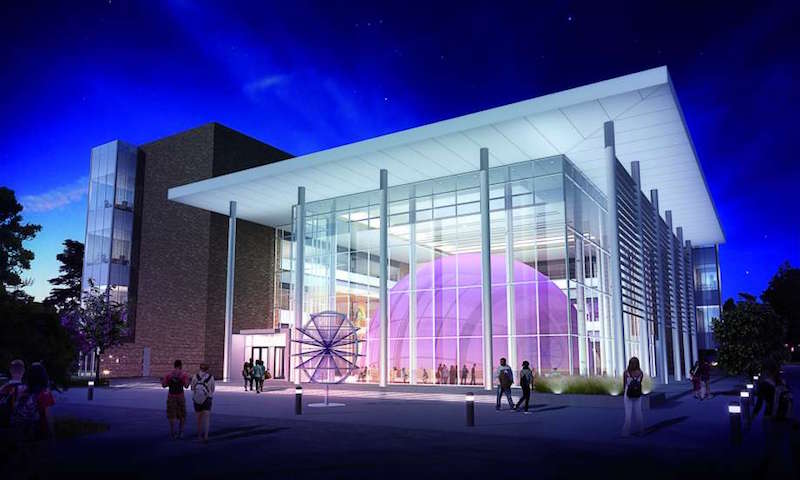
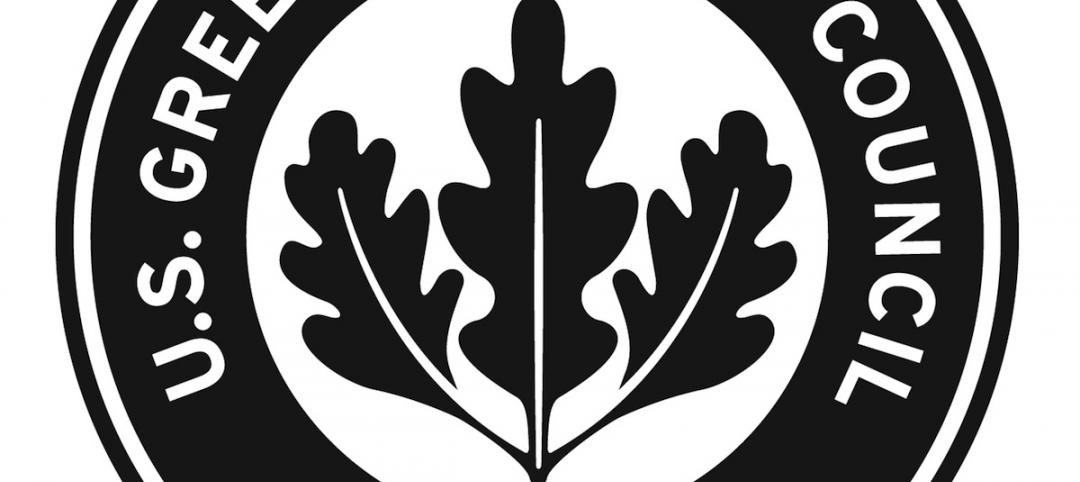
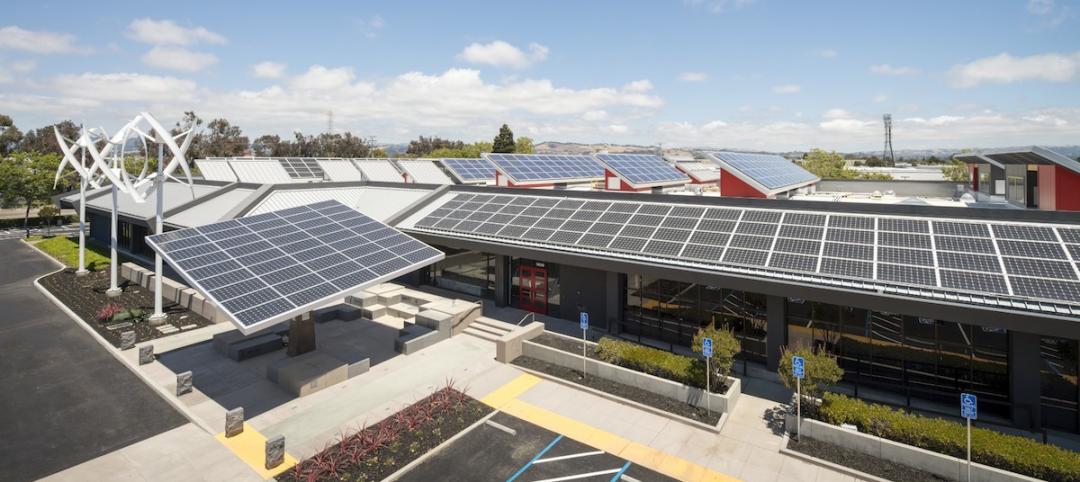
![6 steps toward better water management [AIA course] 6 steps toward better water management [AIA course]](/sites/default/files/styles/list_big/public/VanDusen513.026_grassfix_stairfix.jpg?itok=K8oOWak9)

